Chreli Abano (Georgian: ჭრელი აბანო, “Motley Bath” or “Colorful Bath”), often more famously known as the Orbeliani Baths, is undoubtedly the most visually distinctive and iconic of Tbilisi’s historic sulfur bathhouses. Located in the ancient Abanotubani district, its striking facade and centuries-old tradition make it a must-see landmark.
Historical Significance:
Ancient Tradition: The entire Abanotubani district is steeped in the legend of Tbilisi’s founding by King Vakhtang Gorgasali, who discovered the hot sulfur springs while hunting. The city’s name “Tbilisi” (from “tbili,” meaning “warm”) is directly linked to these thermal waters, which have been central to the city’s identity for over 1500 years.
Social Hub: For centuries, these bathhouses were not merely places for hygiene and therapeutic benefits but also vibrant social centers. People gathered to socialize, conduct business, share news, and even celebrate. Famous visitors, including the Russian poet Alexander Pushkin and the French writer Alexandre Dumas, praised the Tbilisi baths, with Pushkin famously stating he’d “never encountered anything more luxurious.”
Orbeliani Connection: The bathhouse earned its alternative name, “Orbeliani Baths,” because it was historically owned by the noble Orbeliani family, who played a significant role in rebuilding many of the baths after destructions throughout history.
19th-Century Masterpiece: While baths existed on this site for centuries, the current, iconic building with its distinctive facade was constructed in the mid to late 19th century, reflecting the strong Persian influence of the time. It has recently undergone meticulous renovation, blending historical preservation with modern amenities.
Architectural Style and Features:
Persian-Inspired Facade: Chreli Abano is immediately recognizable by its stunning, elaborate facade, which is richly decorated with colorful glazed tiles in shades of blue, green, yellow, and white. This mosaic-like tiling, featuring geometric and floral patterns, strongly evokes Persian bathhouse architecture (similar to those found in Iranian cities like Isfahan).
Distinctive Entrance: The entrance is crowned with an ornate arch and flanked by two tall, minaret-like towers, further enhancing its exotic, Oriental appearance. Many visitors initially mistake it for a mosque due to its distinctive design.
“Beehive” Domes: Like other bathhouses in Abanotubani, the main bathing chambers are underground, with only the iconic brick “beehive” domes visible from above. These domes, often with small openings, help to trap the heat and steam from the natural sulfur springs, creating the ideal bathing environment.
Interior Design: The interior of Chreli Abano, particularly its private rooms, blends traditional design with modern comforts. Expect intricately tiled walls, vaulted ceilings, and often comfortable lounging areas. The pools themselves are fed directly by the natural sulfur-rich hot springs.
The Sulfur Water and Its Benefits:
Naturally Hot Springs: Unlike many spas, the water in Tbilisi’s sulfur baths is naturally heated from underground thermal springs, typically ranging from 38∘C to 40∘C (100∘F to 104∘F).
Mineral-Rich Composition: The water is rich in sulfur, calcium, magnesium, and sodium, giving it a distinctive sulfuric smell (often compared to rotten eggs, though many find it surprisingly pleasant once accustomed).
Therapeutic Properties: These mineral-rich waters are believed to offer numerous health benefits, including alleviating skin conditions (like eczema, psoriasis, and acne), soothing muscle and joint pain, improving blood circulation, and promoting general relaxation and well-being.
“Kisa” (Exfoliation): A popular tradition in the sulfur baths is the “kisa” (pronounced ‘kee-sa’) scrub. This involves a vigorous exfoliation by a mekise (bath attendant/masseur) using a special mitt, followed by a soapy foam wash, leaving the skin incredibly smooth and clean.
Visiting Experience:
Private Rooms: Chreli Abano primarily offers private rooms, ranging in size and luxury, catering to individuals, couples, families, or small groups. This provides a more intimate and comfortable bathing experience compared to communal public baths.
Services: Beyond soaking in the sulfur water, many rooms offer amenities like cold plunge pools, Finnish saunas, Turkish saunas (steam rooms), and options for massages and the traditional kisa scrub.
Booking: Due to its popularity, especially in the evenings, it is highly recommended to book a room at Chreli Abano in advance, particularly online or by phone.
Location: Situated at the very top of Abano Street, right where the street narrows into the gorge leading to the Legvtakhevi Waterfall, and just below the Narikala Fortress. It’s a central and easily accessible point in Old Town Tbilisi.
Chreli Abano is more than just a bathhouse; it’s a sensory and cultural experience that connects visitors to the ancient heart of Tbilisi, offering both historical charm and rejuvenating wellness.

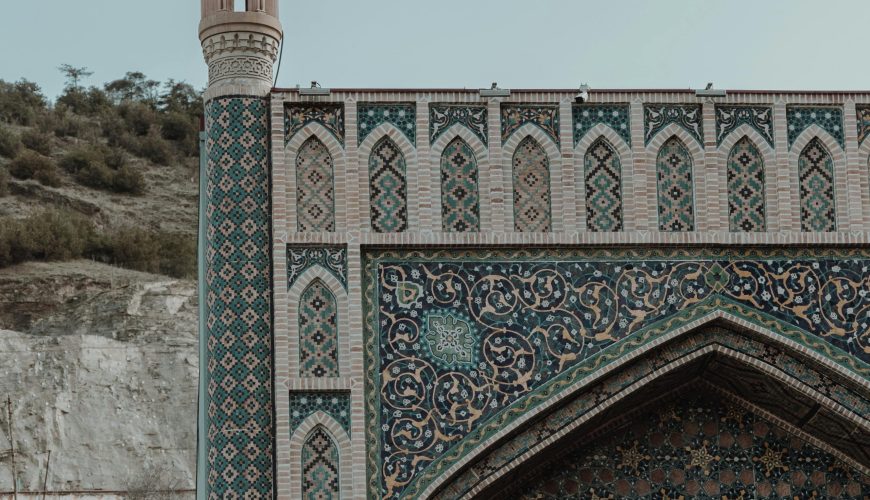
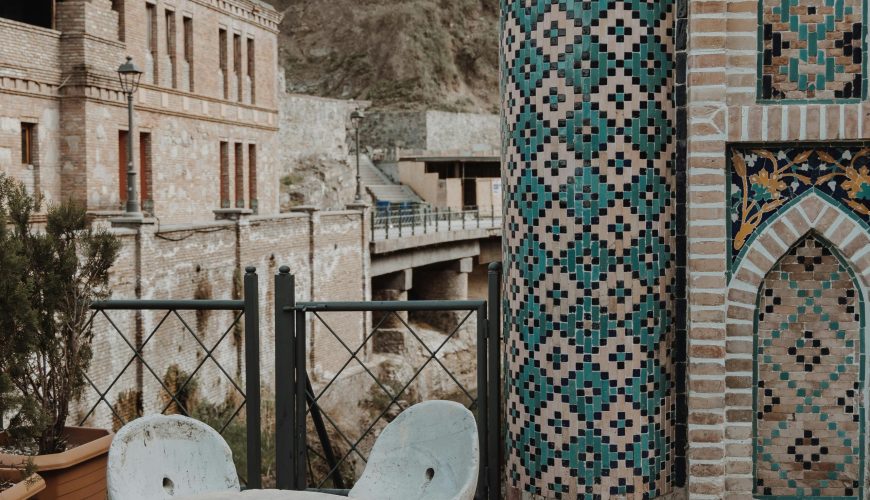
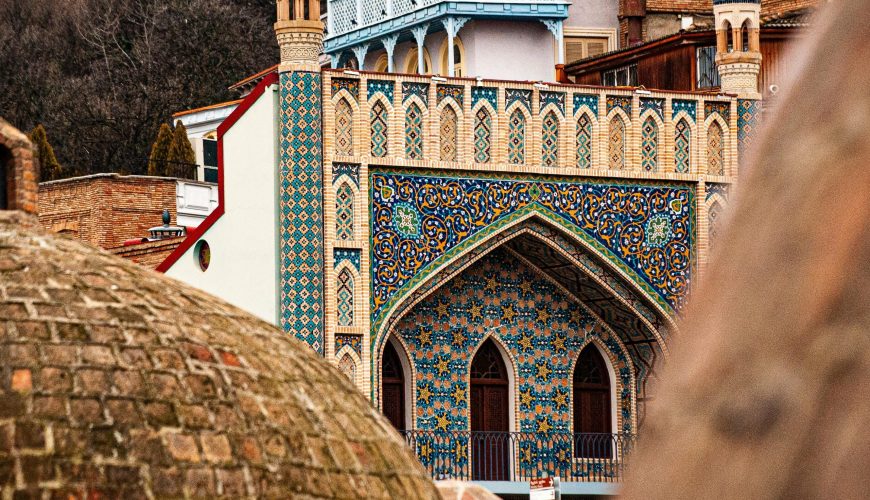
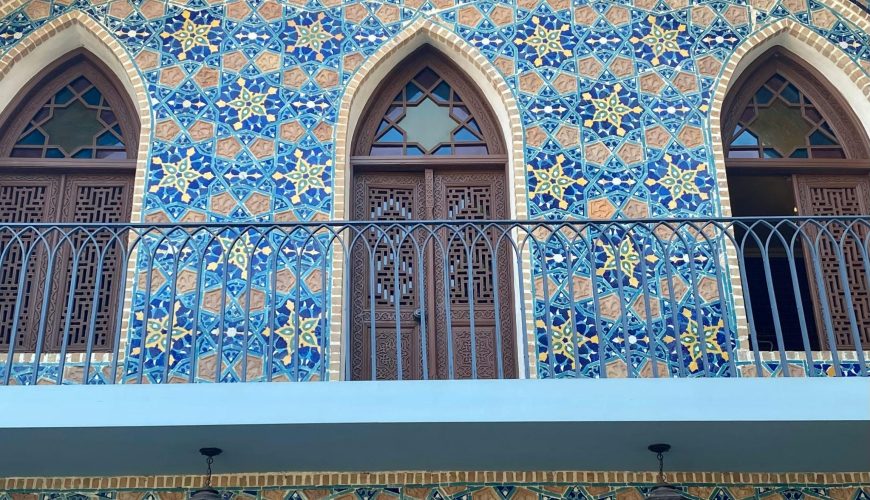
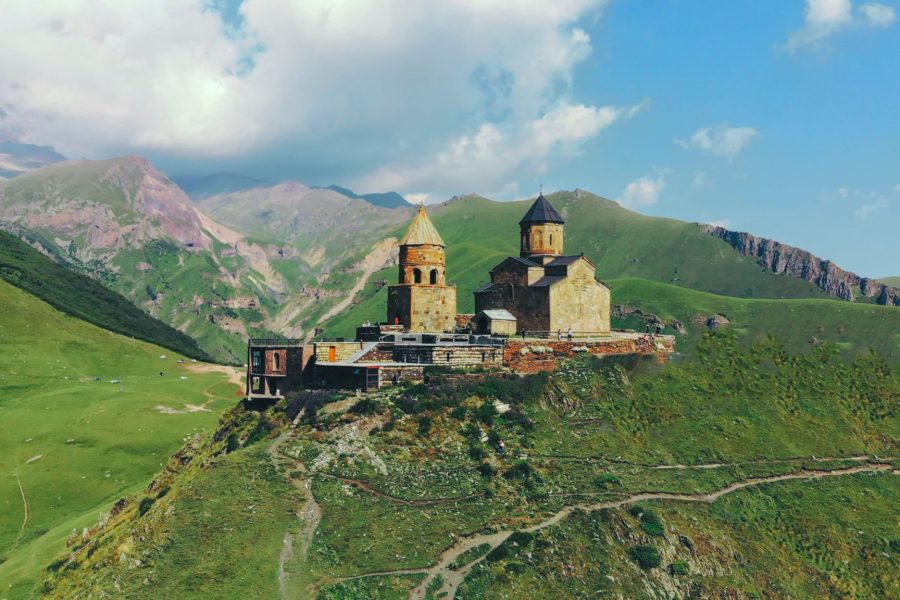
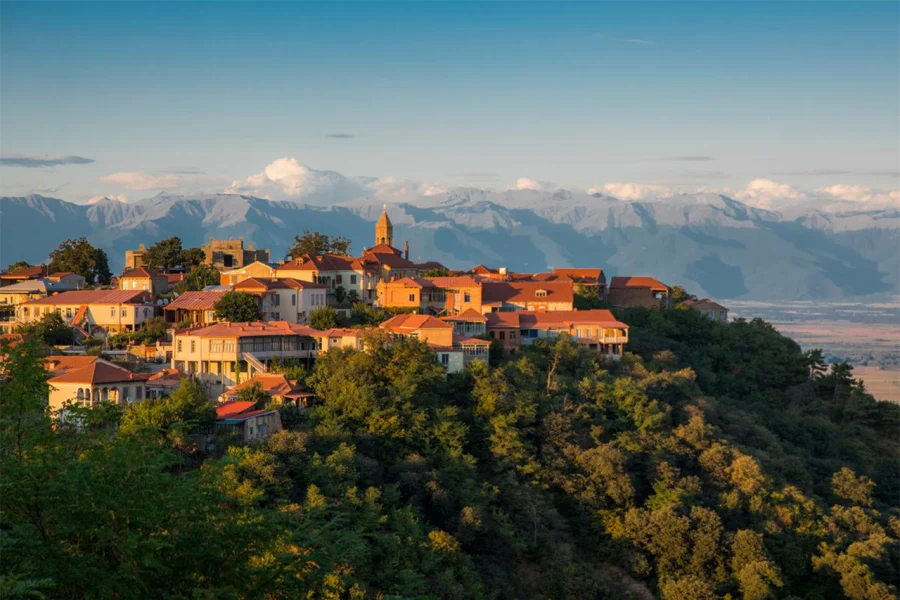
0 Comment